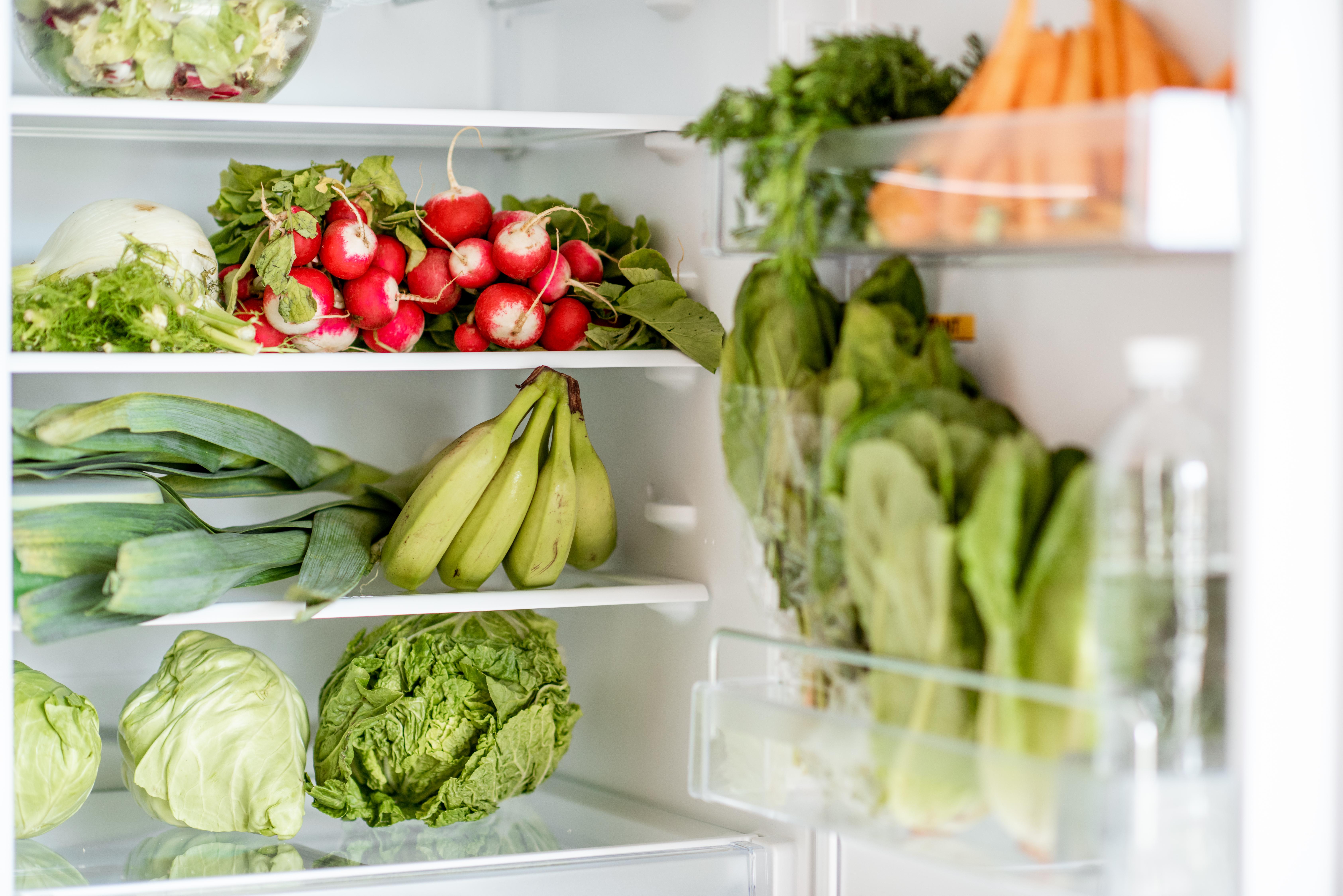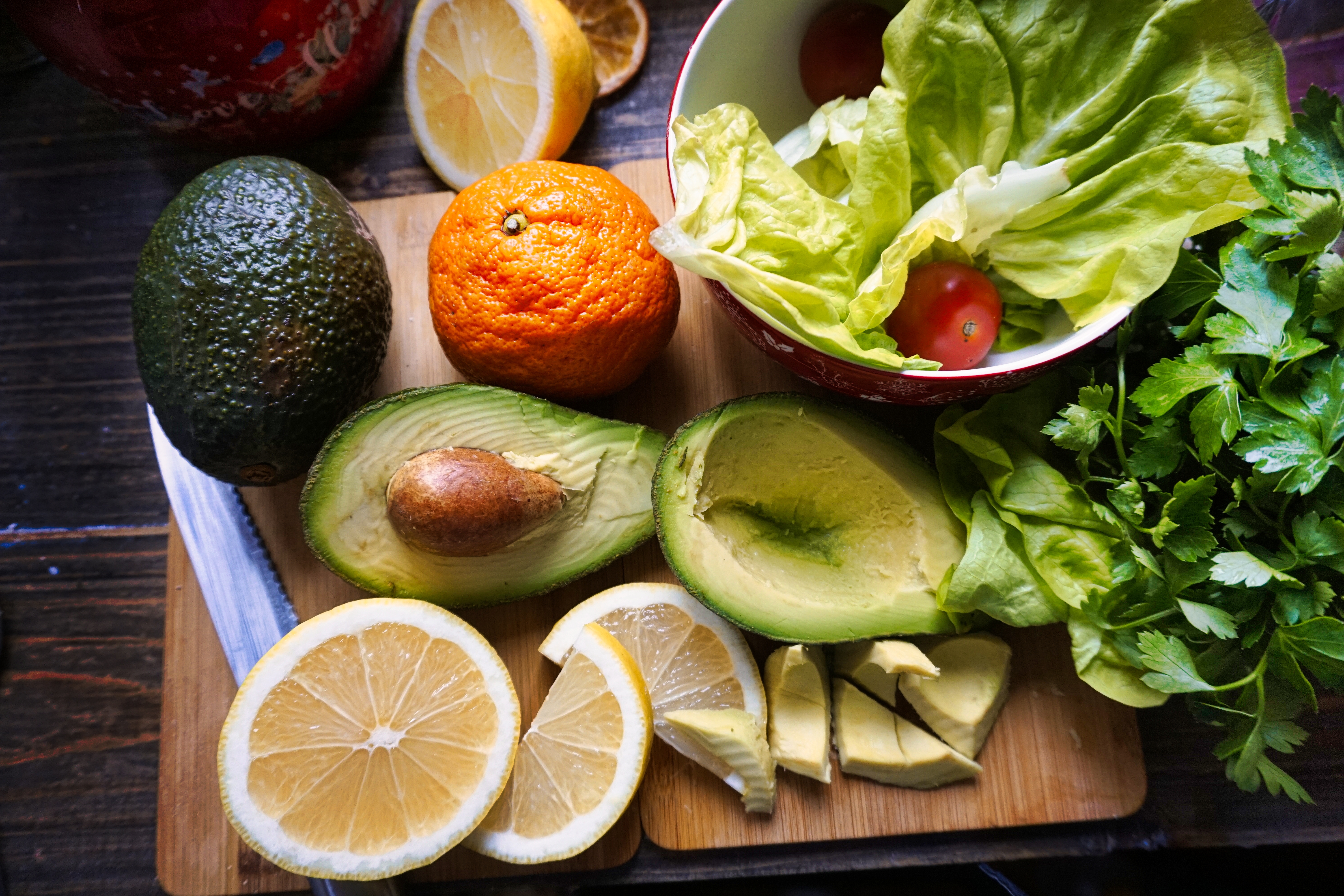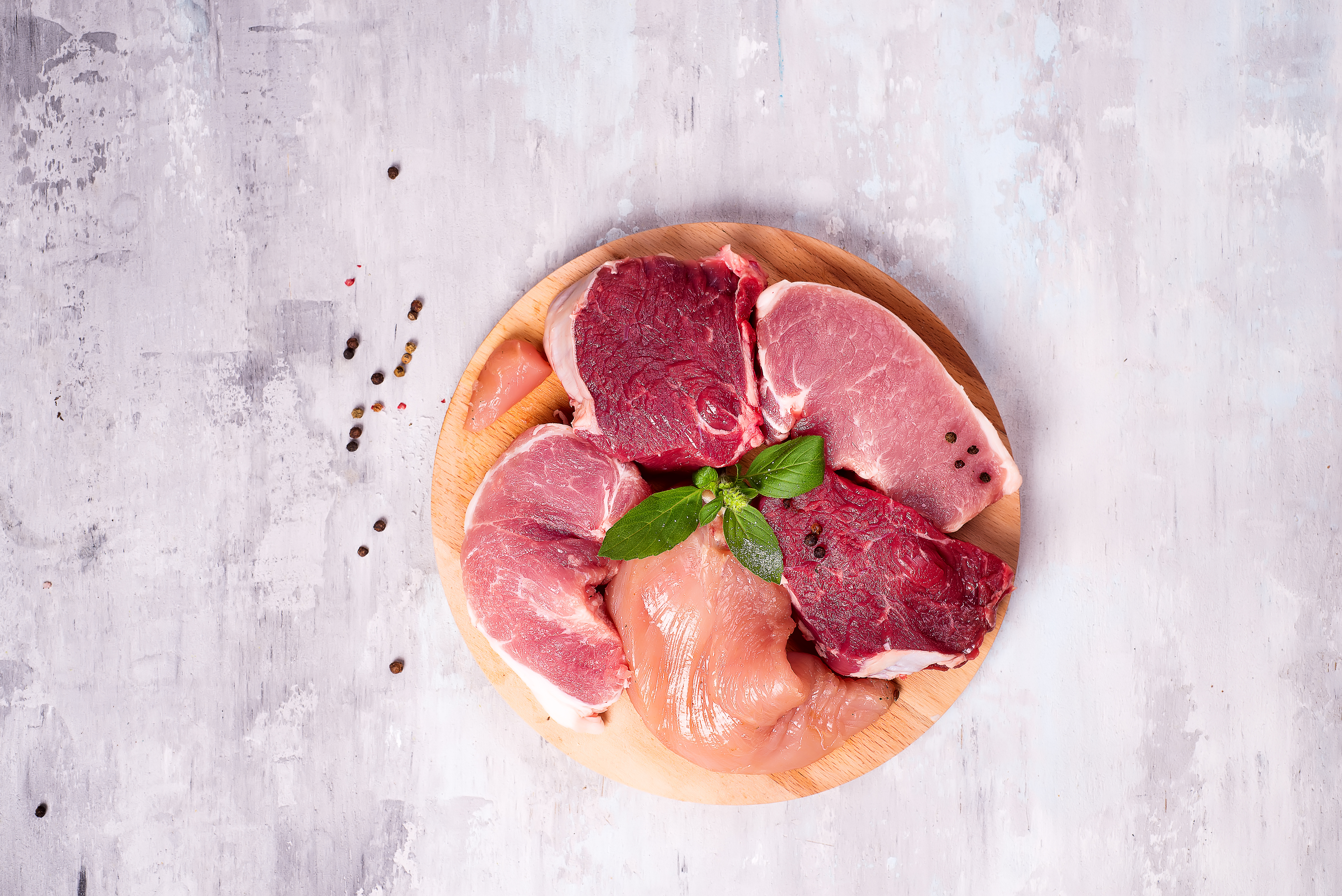DASH Diet, Simplified: A 7-Day Beginner's Guide for Lowering Blood Pressure
Embarking on a journey to better health often feels daunting, especially when it comes to managing something as critical as blood pressure. However, the DASH (Dietary Approaches to Stop Hypertension) diet presents a simplified and effective blueprint for those seeking to gently soothe their blood pressure over a week-long period. This meticulously designed dietary plan emphasizes the consumption of whole foods, reduces sodium intake, and promotes a balanced lifestyle. This article will guide you through each step of the DASH diet, providing insights into its principles and practical tips for seamlessly integrating it into your daily routine. By the end of this week-long journey, you will not only have a better understanding of how to manage your blood pressure but also cultivate healthier eating habits that can last a lifetime.
Understanding the DASH Diet: Core Principles

The DASH diet is rooted in the principle of balance, focusing on nutrient-rich foods that naturally help lower blood pressure. It encourages the consumption of fruits, vegetables, whole grains, lean proteins, and low-fat dairy while minimizing saturated fats and cholesterol. The diet is specifically designed to reduce sodium intake, which is a significant contributor to high blood pressure. By emphasizing potassium, calcium, and magnesium-rich foods, the DASH diet helps counteract the effects of sodium, thus promoting heart health. Understanding these core principles is crucial, as they form the foundation upon which the entire week-long journey is built. By adhering to these guidelines, individuals can effectively manage their blood pressure and improve overall cardiovascular health.
Day 1: Setting the Stage with Nutrient-Rich Foods

The first day of the DASH diet journey is all about setting the stage with nutrient-rich foods. Begin by incorporating a variety of fruits and vegetables into your meals, as they are packed with essential vitamins and minerals. Opt for whole grains like brown rice, quinoa, and oats, which provide fiber and help maintain steady blood sugar levels. Lean proteins such as chicken, fish, and legumes are also key components, offering the necessary amino acids without the excess fat. By focusing on these food groups, you lay a solid foundation for the rest of the week, ensuring that your body receives the nutrients it needs to function optimally and support healthy blood pressure levels.
Day 2: Reducing Sodium Intake

On the second day, the focus shifts to reducing sodium intake, a critical aspect of the DASH diet. High sodium levels can lead to water retention, increasing blood pressure and straining the cardiovascular system. Start by eliminating processed and packaged foods, which are often laden with hidden sodium. Instead, prepare meals using fresh ingredients and herbs to enhance flavor without the need for added salt. Pay attention to food labels and choose low-sodium options whenever possible. By making these conscious choices, you not only adhere to the DASH diet guidelines but also begin to notice a difference in how your body feels, paving the way for improved blood pressure management.
Day 3: Emphasizing Potassium, Calcium, and Magnesium

The third day of the DASH diet journey emphasizes the inclusion of potassium, calcium, and magnesium-rich foods. These minerals play a vital role in regulating blood pressure by helping blood vessels relax and improving heart health. Incorporate bananas, sweet potatoes, and spinach for potassium; dairy products like yogurt and cheese for calcium; and nuts, seeds, and whole grains for magnesium. These nutrients work synergistically to counteract the effects of sodium and support cardiovascular function. By prioritizing these foods, you not only adhere to the DASH diet's principles but also enhance your body's ability to maintain healthy blood pressure levels.
Day 4: Incorporating Lean Proteins

As you reach the midpoint of your week-long journey, day four focuses on incorporating lean proteins into your meals. Proteins are essential for building and repairing tissues, and they also play a role in maintaining muscle mass and supporting metabolic functions. Choose sources such as skinless poultry, fish, beans, and tofu, which provide high-quality protein without the added saturated fats found in red meats. Additionally, fish like salmon and mackerel are rich in omega-3 fatty acids, which have been shown to reduce inflammation and promote heart health. By integrating these lean proteins into your diet, you continue to align with the DASH diet's goals while supporting overall well-being.
Day 5: Mindful Eating and Portion Control

Day five introduces the concept of mindful eating and portion control, both of which are integral to the DASH diet. Mindful eating involves paying attention to hunger cues and savoring each bite, which can help prevent overeating and promote better digestion. Portion control is equally important, as consuming appropriate serving sizes ensures that you do not exceed your caloric needs, which can contribute to weight gain and elevated blood pressure. Use smaller plates, measure servings, and listen to your body's signals of fullness. By practicing mindful eating and portion control, you not only adhere to the DASH diet but also develop a healthier relationship with food.
Day 6: Staying Hydrated

On the sixth day, the focus turns to staying hydrated, a crucial yet often overlooked component of the DASH diet. Adequate hydration supports numerous bodily functions, including circulation, digestion, and temperature regulation. It also aids in the elimination of excess sodium, helping to maintain healthy blood pressure levels. Aim to drink at least eight glasses of water daily, and consider incorporating herbal teas and water-rich foods like cucumbers and melons to meet your hydration needs. By prioritizing hydration, you enhance the effectiveness of the DASH diet and support your body's overall health and wellness.
Day 7: Reflecting and Planning Ahead

The final day of the DASH diet journey is an opportunity to reflect on the past week and plan for the future. Take time to assess how the dietary changes have impacted your blood pressure and overall well-being. Consider keeping a journal to document your progress and any challenges you encountered. Use this reflection as a foundation for planning future meals and setting realistic goals for continued adherence to the DASH diet. By recognizing the positive changes and identifying areas for improvement, you empower yourself to maintain these healthy habits long-term, ensuring sustained benefits for your blood pressure and overall health.
Integrating Physical Activity

While the DASH diet is primarily focused on dietary changes, integrating physical activity is an important complement to the plan. Regular exercise helps strengthen the heart, improve circulation, and lower blood pressure. Aim for at least 150 minutes of moderate-intensity aerobic activity, such as brisk walking or cycling, each week. Additionally, incorporate strength training exercises to build muscle and support metabolic health. By combining the DASH diet with regular physical activity, you create a holistic approach to managing blood pressure and enhancing overall well-being, setting the stage for a healthier lifestyle.
A Sustainable Lifestyle Change

As you conclude this week-long journey with the DASH diet, it's important to recognize that the changes you've made are not just a temporary fix but a sustainable lifestyle change. The principles of the DASH diet—emphasizing whole foods, reducing sodium, and incorporating essential nutrients—can be seamlessly integrated into your daily routine. By continuing to practice mindful eating, staying hydrated, and engaging in regular physical activity, you lay the groundwork for long-term health benefits. This journey is just the beginning, and with commitment and consistency, you can continue to gently soothe your blood pressure and enjoy a healthier, more vibrant life.